Safety Essentials: The Gear You Need to Survive an Emergency

In this article, we look at the safety devices that should be on a 13’ ( 4 m) jon boat or a 98’ (30 m) cruiser. More has been written and spoken about safety than about any other boating aspect. The number of lives lost through boating accidents is small in relation to land-based travel, but there’s also a significant distinction to be made when comparing water safety to operating on land.
Boating is primarily a recreational activity so unlike driving a vehicle, there should never be a need for it to be tiring, tedious, uncomfortable or a necessary evil. And it most certainly shouldn’t be dangerous. Consider that if your car breaks down or the house catches fire, there’s a 90% chance you can walk or run to safety. The only record we have of anyone walking on water was more than 2,000 years ago. You can’t just call the auto club or fire department after an incident on the water either.
Make Safety a Priority
This means being proactive when we consider safety when we go boating. We should look not just at those mercifully few dramas in which lives are at risk. We must also examine as well as the thousands of non-fatal accidents that happen every year and how they can be avoided.

The United States Coast Guard and various member towing agencies like SeaTow and Boat/US answer hundreds of calls for assistance every year, many of which could have been avoided with a little care and attention to safety in advance.
Sometimes a mishap can’t be avoided like a finger torn by a frayed strand of wire rope or a toe stubbed against a bollard. Minor perhaps, but painful when they happen — and there’s no fun in boating when it hurts. Are You Safe? So we suggest that a boat owner ask himself if his family and boat are as safe as possible, not just from life-threatening incidents but from minor, unexpected happenings that spoil the fun of boating as well.
It is a captain’s responsibility to ensure that those aboard the boat are safe and the equipment is up to the standard required. Whether it’s checking on the weather forecast for the day or making sure there are enough lifejackets for all those aboard the boat, it all falls back on the captain if something goes wrong. Let’s consider that we already have life jackets for everyone aboard the boat, flares, a bilge pump, fire extinguisher, a VHF radio and charts or a GPS plotter with charts that relate to the area you are boating. These are obvious aspects of safety, but it’s surprising how many people do (or neglect to do) things on a boat that seem innocent enough but carry unnecessary risks of unpleasant injuries.
1. SeaKits
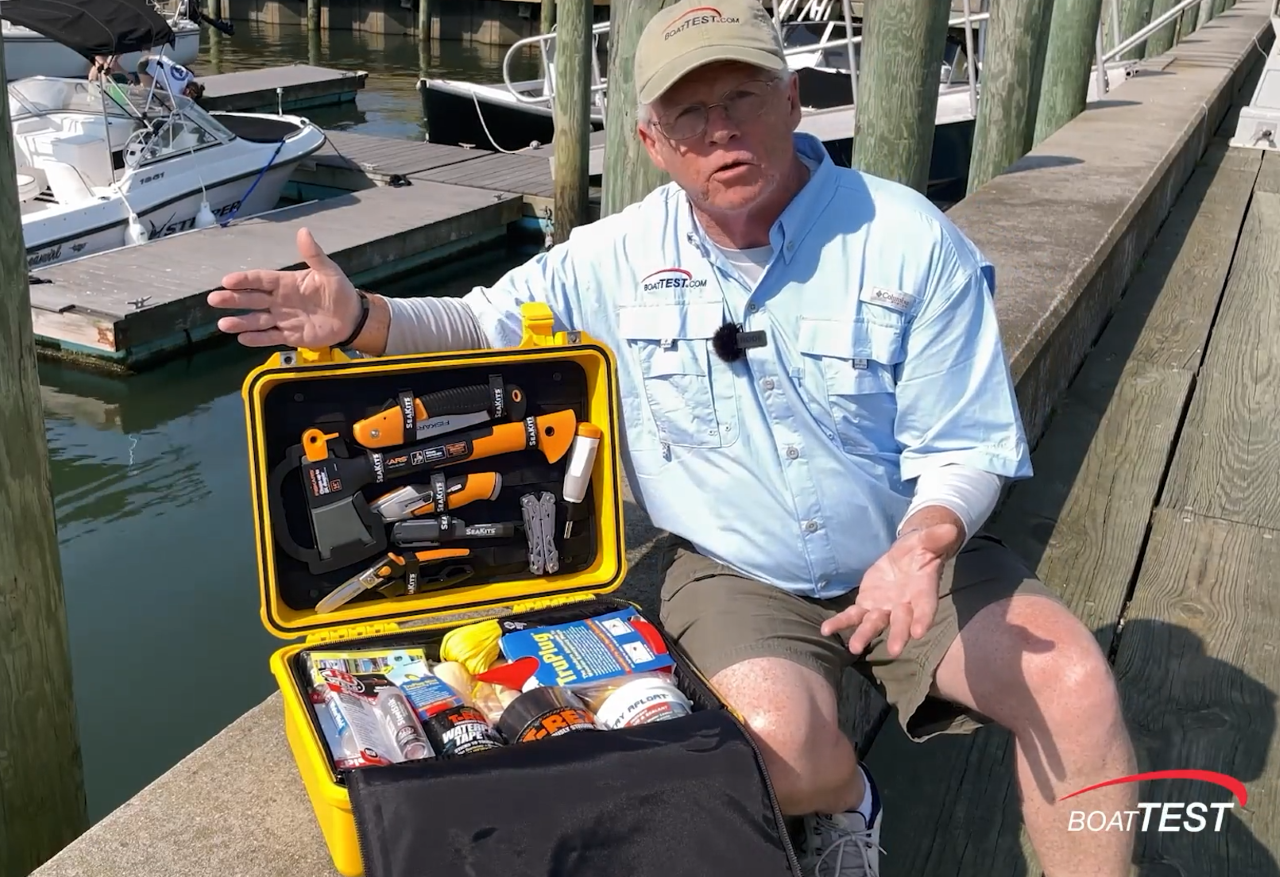
The first line of defense in the case of an emergency is having the tools aboard to keep the boat afloat. We recommend that you have a SeaKit aboard — they are available at different price points depending on where and how far offshore you are planning to travel. Carefully go through the kit and familiarize yourself with the items there. Each item has a specific purpose, go through your boat looking at vulnerable points and decide in advance what tool you will use in each case.
2. Staying Afloat
Exposure to fire and immersion in water are equally life-threatening. If you find yourself in the water for an extended period, you quickly appreciate that if nature had intended the human body to float it would have fitted it with oily feathers and webbed feet. Of all the safety gear, a lifejacket heads the priority list.
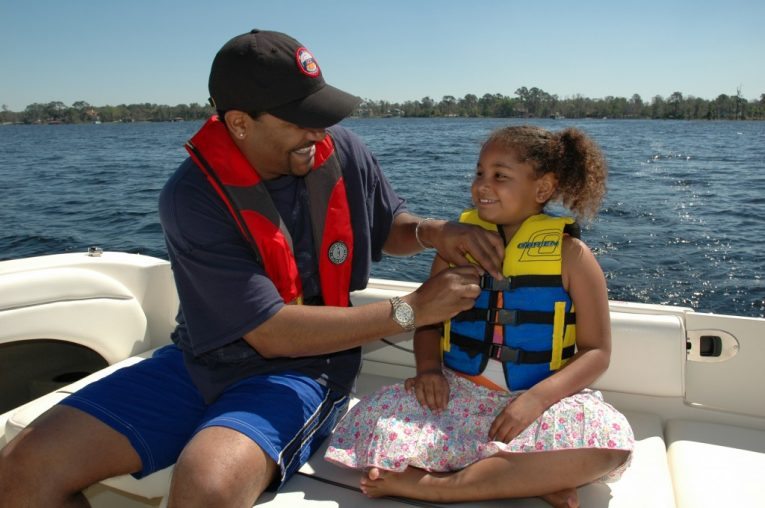
It is mandatory to carry one life jacket for every person aboard the boat and to wear them in adverse sea conditions. Above all else, a life jacket or personal flotation device (pfd) should fit snugly. Ill-fitting lifejackets, especially ones that are too big, can cost the wearer his or her life. This is especially so with small children who should never wear adult jackets that they can easily fall out of.
If the boat sinks from under you, the quickest way for the body to become exhausted is by moving around in the water. Any device that allows you to remain afloat without expending energy is the first line of defense against hypothermia: the second is any garment that increases body/head protection, remembering that the head is the main source of heat loss. A wetsuit and hood are a great way of keeping the body temperature up and many are now classified as PFDs. If the body temperature changes Even at a water temperature of 68ºF (20ºC) survival time for a swimmer is likely to be less than three hours.
Generally speaking a fit average adult in water between 59ºC (15ºC) and 68ºF (20ºC) and whose swimming ability is reasonable would be advised to swim for it. In all other cases, a buoyancy aid offers the only real chance of survival. It’s a good idea, too, to carry a few non-personal flotation devices such as throw-able seat cushions. Lives have been saved by the victim swimming to shore or found clinging to an empty fuel can. Now let’s take a look at some different classes of safety equipment.
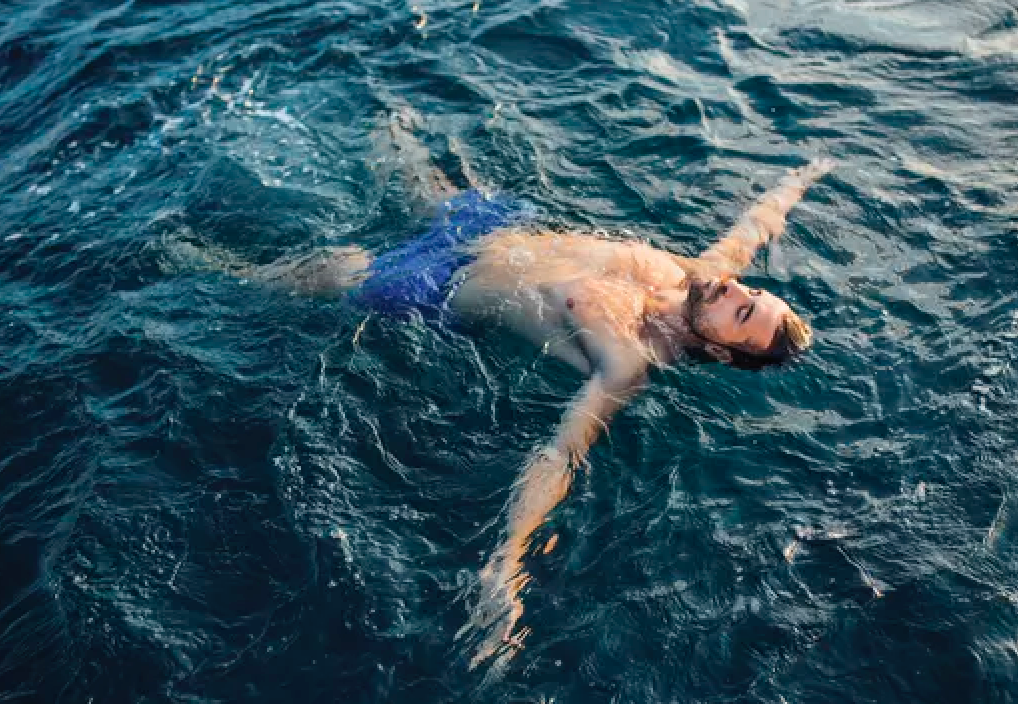
3. Flares First
Flares, of course, are another must-have item aboard and can be bought singly or in waterproof packs. Make certain everyone aboard knows where they are and that they are readily accessible. Even if the boat is upside down, you should have a good chance of retrieving the flares if you know where to find them. A tip is to attach the waterproof container to a long lanyard, so if it floats away from the boat, then you don’t have to swim after it. It’s also a good idea to read the instructions when you get them and regularly check the expiration date and condition.
4. Emergency Locator Beacons
Emergency location devices are often an item sadly neglected by trailer boat owners, but they are far more common on boats longer than . They are however far more common in boats longer than 33’ (10m). There are many different options available, from EPIRBs with a signal that can be picked up by passing aircraft and will help to pinpoint your position for would-be rescuers to AIS (Automatic Identification System) and PLBs (Personal Locator Beacon).
Personal locator beacons are compact. The McMurdo Smartfind S10 AIS Beacon is a manually activated personal safety device that incorporates AIS and GPS technology. Smartfind S10 is waterproof to 197’ (60m), buoyant and compact. When activated the Smartfind S10 transmits a unique alert signal to the vessel the individual has come from and to all AIS enabled equipment within a typical 4-mile (6.4 km) range, signaling that help is required in a man overboard or lost diver situation.
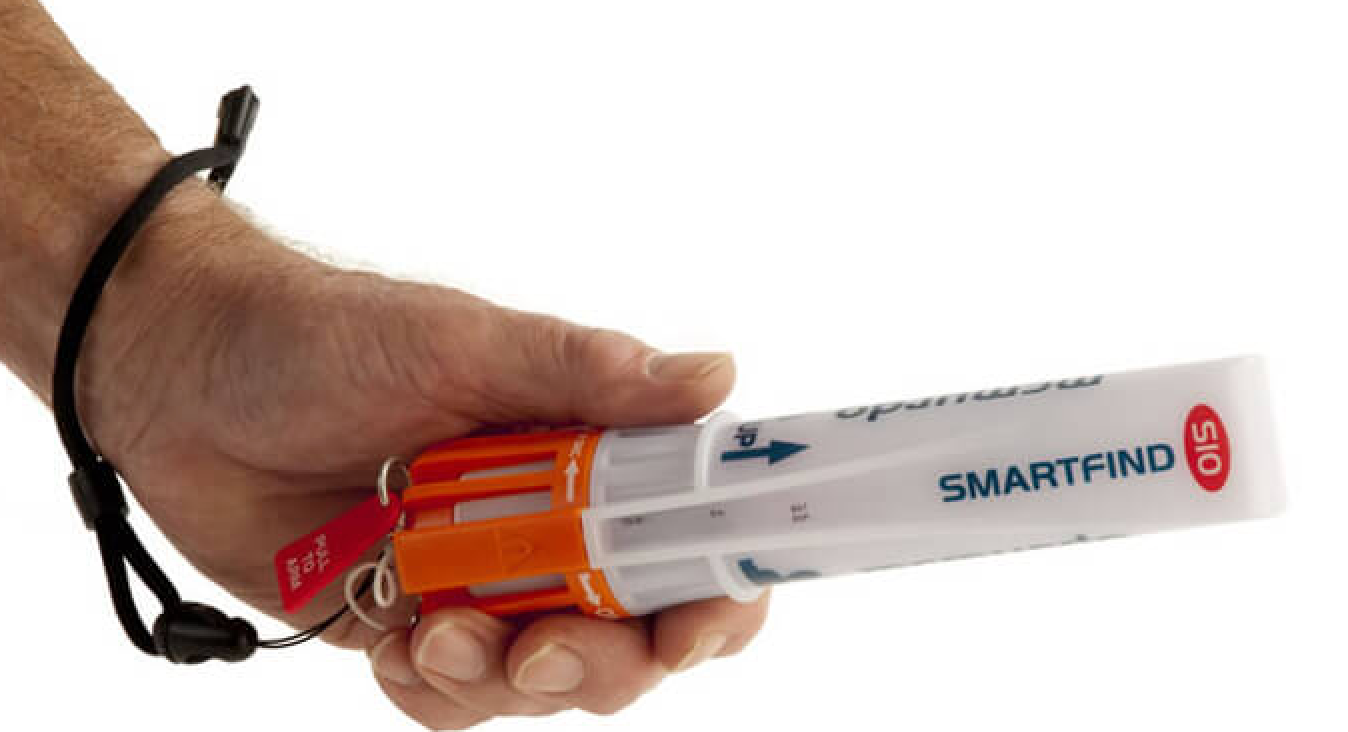
The GME ME MT410 is available with or without an integrated GPS option, offers a 7-year battery replacement life and a 7-year warranty. The MT410 also features a high intensity flashing LED and a Non Hazmat battery pack for simple, cost effective transportation. McMurdo’s FF220 Mini PLB with GPS and 24-hour battery is a pocket-sized 406 MHz PLB that weighs 5.29 oz. (150 grams) and once activated, the distress beacon will obtain a GPS position, send out a signal for help and continue to transmit for at least 24 hours.
Kannad’s SafeLink SOLO GPS PLB is designed to be carried with you at all times, is waterproof to 33’ (10m) and easy to activate. This is a PLB that offers a real alternative to distress flares. Compact light and durable, the SafeLink Solo is waterproof to 10m, has a 50-channel integral GPS and a minimum 24-hour continuous operation.
5. EPIRBs
An Emergency Position Indicating Radio Beacon (EPIRB) is used to alert search-and-rescue services in the event of an emergency. It does this by transmitting a coded message on the 406 MHz distress frequency via satellite and earth stations to the nearest rescue coordination center. Some EPIRBs also have built-in GPS which enables the rescue services to locate accurately you to plus or minus 164’ (50 m).
Some examples include: The McMurdo G5 Auto Float Free EPIRB with GPS, a 406 MHz EPIRB designed to operate with the COSPAS-SARSAT international search and rescue system with the addition of an integral 12-channel GPS receiver. The Auto Float Free Housing meets SOLAS requirements and will automatically deploy the EPIRB when submerged to a depth lower than 6’6” to 13’2” (2 m to 4m ). The addition of a GPS receiver to the EPIRB ensures that the exact position of a casualty is relayed to the rescue services. This can speed up a recovery by updating the position of the beacon at regular intervals.
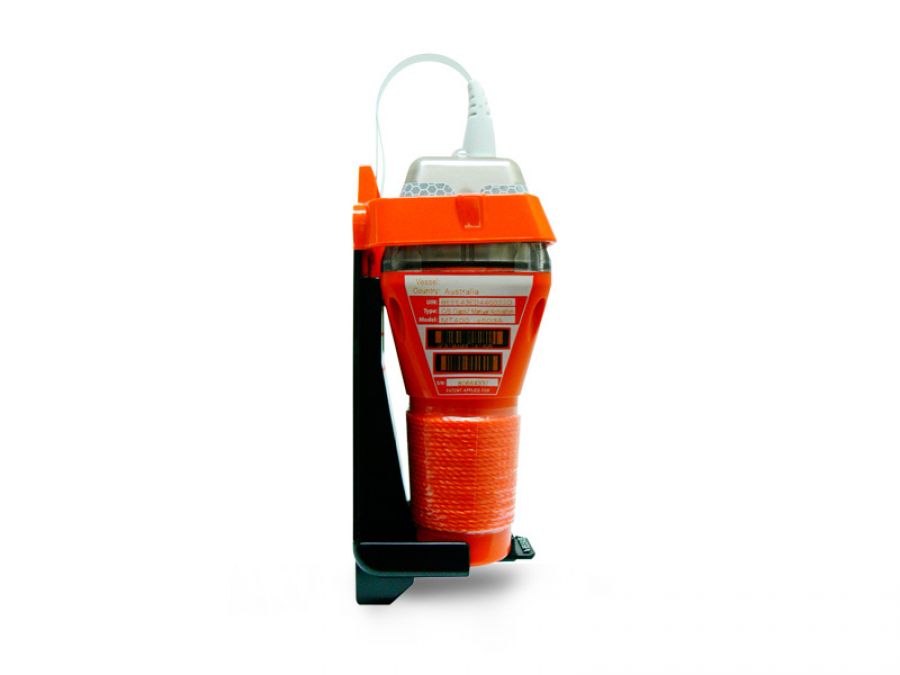
The GME MT400 406 MHz digital EPIRB is a new design concept that is a significant improvement on existing beacon performance at a lower cost. Features include COSPAS-SARSAT worldwide operation, automatically deployed antenna when the unit is removed from the quick-release mounting bracket and a high-intensity solid state strobe. Kannad’s SafeLink EPIRB comes as an ultra-compact unit, with built-in high accuracy GPS for enhanced position location. You can choose one with a manual deployment bracket an automatically activated housing that includes a hydrostatic release unit. Features include integral 20-channel GPS, high brightness LED flashing locator light, 48-hour transmission once activated and 6-year battery life.
6. Listen Up
The VHF radio is another must-have item, be it a handheld or fixed unit. This can be complemented by a mobile phone, which today provides reasonable coverage in most major boating areas. Because saltwater and mobile phones don’t mix, keep your phone in a plastic bag, or better still a specially designed waterproof cover.

There are plenty of VHF brands from which to pick and they vary in price, depending on features and benefits. Also, remember if you have an electrical fire, a fixed-mount VHF will probably not work so no mayday call can be sent. After this, it’s the EPIRB, a cell phone or a VHF handheld.
7. Flash, Flash, Flash
Flashing strobe lights are excellent signaling devices during the day and at night. Even something shiny like a mirror that catches the reflection of the sun that can attract the attention of a passing vessel is a good safety item. The Odeo LED distress flare can be seen from 5 miles (8.05 km) and doesn’t have a dangerous flame.
The McMurdo S10 AIS man overboard unit and diver recovery system is waterproof to 197’ (60m) and is designed to be activated in the event of a man-overboard situation or other personal crew emergencies. It can be activated and deactivated with a twist of the orange cap. The S10 features precision GPS and it will transmit position information and a serialized identity number back to your vessel’s onboard plotter, enabling quick location and recovery. The XENEC strobe light comes with and armband and C Cell Battery and the ACR Firefly strobe and Xenec SL15 have bright white lights that can be seen for many miles. Price depends on the level of complexity.

8. Luxury of a Liferaft
Liferafts come in a variety of sizes, with the most popular in the recreational market being 4, 6 or 8 person as they are compact and small enough to fit on boats over 33’ (10 m). There are also smaller 2-3 person liferafts that stow in a soft case
We have the option of coastal liferafts designed for those who don’t venture far away from the coast to offshore versions that are suitable if you intend to cross open oceans.
Liferafts are inflated by compressed gas, usually nitrogen and CO2, stored in a high-pressure cylinder. When the inflation lanyard is pulled, a valve releases the gas into the inflatable chamber(s). The resulting inflated shape may be square, pentagonal, hexagonal, octagonal, elongated octagonal, etc. Most have a protective canopy supported by one or more inflatable tubes. If you do most of your boating within easy VHF radio or cell phone range and in proximity to Search and Rescue (SAR) assets from the Coast Guard or other agencies, but you might consider having an inflatable or rigid dinghy available for rapid deployment.
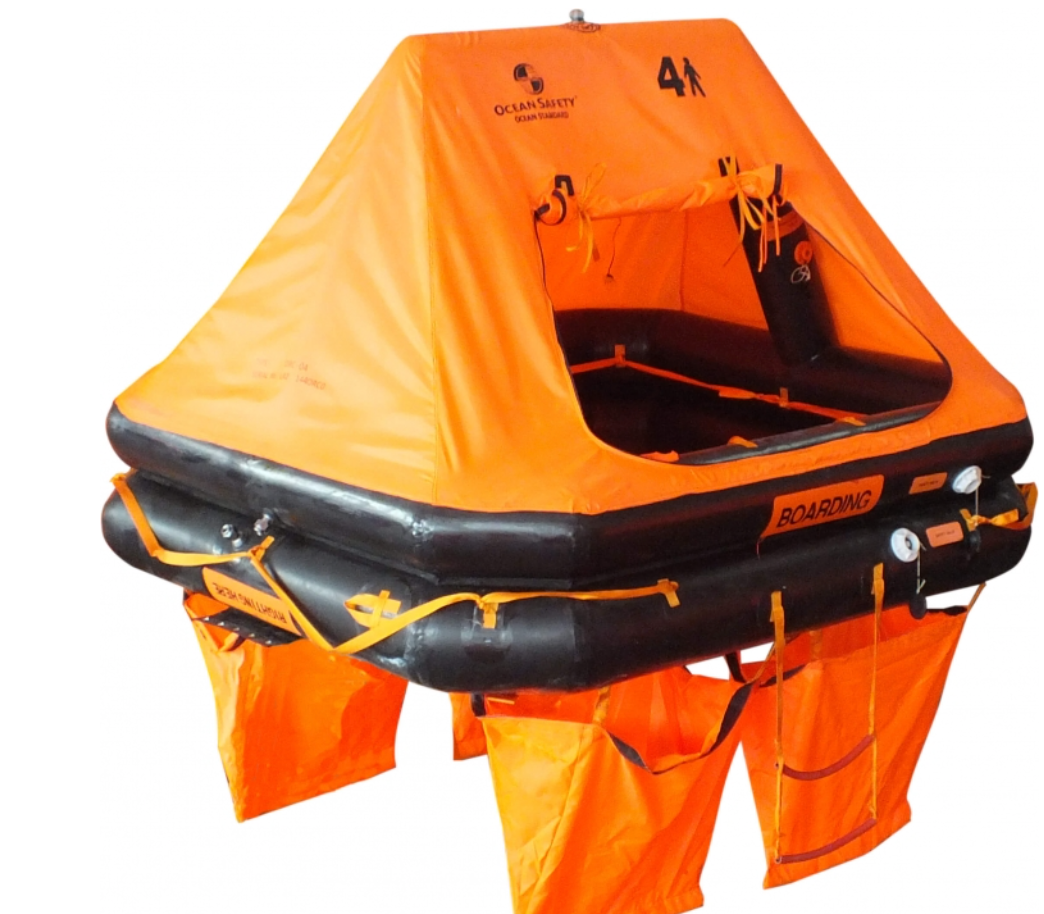
Some people consider a liferaft necessary only on larger yachts, but if you spend much time offshore, take a closer look.
9. Fire Fighting
Fire is probably the worst that can happen at sea because so much used in the construction and equipping of the boat is flammable. It also happens suddenly, so it is essential that action is taken immediately and that it is the right action. A fine spray of water can be effective against an electrical fire, but don’t throw water on a gas or galley fire. Keep a foam, dry powder or CO2 fire extinguisher in the cockpit and not in the cabin where it may not be easily reached.
There are many compact units a suitable for marine use. Ideally, it should have a minimum capacity of 2.2 lbs. (1 kg). We prefer 4.4 lbs. to 6.6 lbs. (2 kg. to 3 kg.) would installed in a plastic mounting bracket. An owner of a sterndrive or an inboard engine should consider a in-built system that can be activated manually or with an automatic activation system. Remember that gas can flash at any temperature, diesel at 150ºF (66ºC) and most oils at 450ºF (232ºC).

The only real answer to a fire at sea is to prevent it from happening. That means regular inspection, maintenance and cleaning of the electrical and fuel systems. Most of today’s high-tech outboards and sterndrives don’t have carburetors anymore, so the risk of a flashback fire is exceedingly low. Also, the wiring looms are such that electrical fires in new trailer boats are quite rare. However they do happen and it pays to be ready just in case, especially if you have an older boat, with wiring that may be a little suspect.
10. Medical Kit
No matter the boat size, having a medical kit aboard is a good idea. This can be a small unit with the basics such as gauze, scissors, bandages and iodine or something that is more substantial. The standard in onboard care, MedAire MedKits include equipment and medications for responding to common medical concerns and life threatening incidents. The Global OxyKit is for airway management and the medicine pack includes everything needed to treat trauma, broken bones, a heart-attack kit, blood-pressure monitor and even a vacuum splint set. The serious piece of safety equipment comes in compact, easy to stow bags.
Plus What About?
An old saying is that there is no better answer to water coming aboard in sufficient quantity to threaten the boat, than a frightened man with a bucket. However, wielding a bucket or even a manual bilge pump is physically exhausting and aren’t likely to keep a holed boat of average size afloat. Bilge pumps are the answer and while they are standard on most trailerable boats they are surprisingly still an option for many. A 1,000-gph to 1,250-gph (4,540 lph to 5,675 lph) bilge pump, for example, is inexpensive insurance.
You might also like to consider a Man Overboard recovery kit, a ditch bag with all the necessary safety items including a sea anchor, a manual horn, a torch, a radar reflector. If you are going boating, take the time to check you are carrying essentials to stay alive. In the long run, it may be your life that you save.